Divine Comedy Read-along Update: Week 1
Welcome to the first of what I hope will be weekly updates for the 2021 Chapter-a-Day Read-along. The plan is to make a very brief post each Wednesday to give readers a place to post their thoughts, questions, or reactions to the chapters read in the past week. If you’ve read ahead or if you know the story, please refrain from any spoilers.
Each week I hope to post some quotes that stood out to me along with a footnote or two that might be helpful. I may also repeat things that have been shared on Twitter. However, these weekly posts will likely be very brief so that I am able to keep them going without taking too much time.
Some Quotes from the Past Week
“Midway in our life’s journey, I went astray from the straight road and woke to find myself alone in a dark wood.” Inferno, Canto I (Ciardi translation)
“Thy words have moved my heart to its first purpose. My Guide! My Lord! My Master! Now lead on: one will shall serve the two of us in this.” Inferno, Canto II (Ciardi translation)
“Here sighs and cries and wails coiled and recoiled on the starless air, spilling my soul to tears.” Inferno, Canto III (Ciardi translation)
Footnote of the Week
Many editions of The Divine Comedy begin each Canto with summary of the chapter. These prose introductions are very helpful in making sense of the poetic canto about to be read. For instance, here is an excerpt from the summary of Canto II in the Ciardi translation I am reading:
- “Beatrice has been sent with the prayers of the Virgin (COMPASSION), and of Saint Lucia (DIVINE LIGHT). Rachel (THE CONTEMPLATIVE LIFE) also figures in the heavenly scene which Virgil recounts.”
A couple of other notes that I found helpful this week:
From Canto I
- “Midway in our life’s journey: The Biblical life span is threescore years and ten. The action opens in Dante’s thirty-fifth year, i.e. A.D. 1300.”
- “THREE BEASTS….They foreshadow the three divisions of Hell (incontinence, violence, and fraud) which Virgil explains at length in Canto XI, 16-111.”
From Canto II
- “Lucia: Allegorically she represents Divine light. Her name in Italian inevitably suggests “luce” (light), and she is the patron saint of eyesight.”
From Twitter
Italy begins year of Dante anniversary events with virtual Uffizi exhibition #DivineComedyReadalong https://t.co/0lweJ0rRdO
— Denise Gorss (@Denise205) January 2, 2021
#divinecomedyreadalong This looks like a pretty good article explaining both Virgil and Beatrice as guides for Dante: https://t.co/eue42bIPd4
— Nick Senger (@nsenger) January 2, 2021
https://twitter.com/buttontapper/status/1345465068444557312?s=20
Your Turn
Leave a comment with an insight, question, or favorite line from the past week. Please refrain from any spoilers.

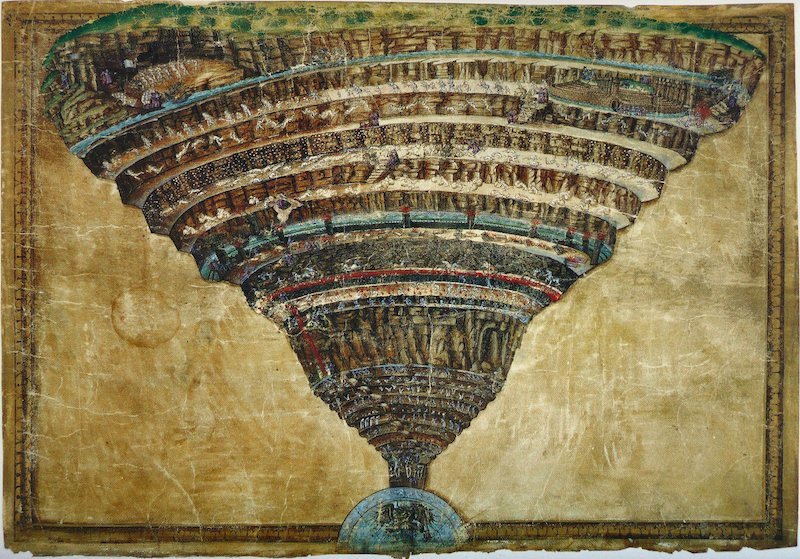






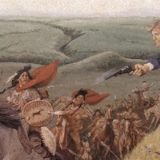





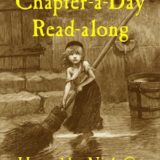
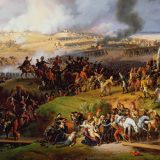
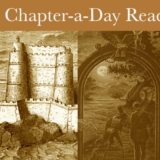


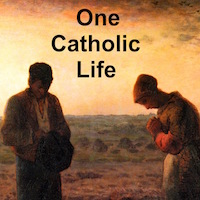
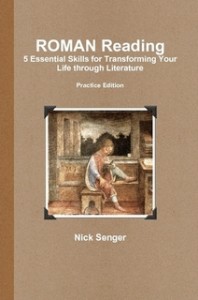

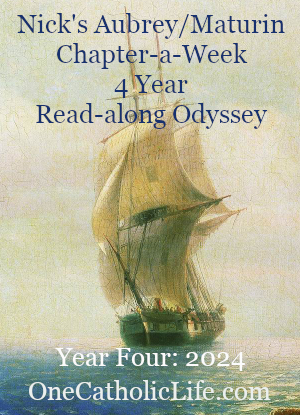


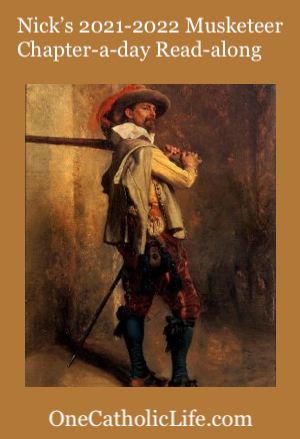
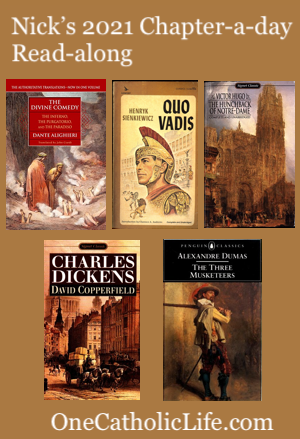
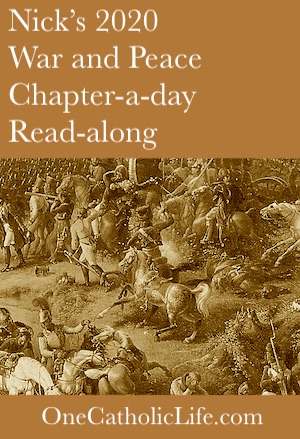
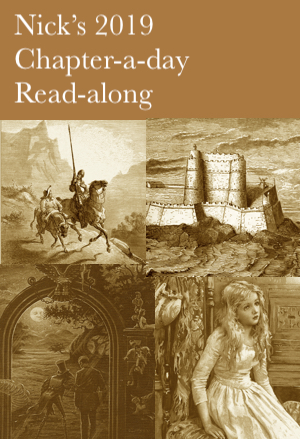
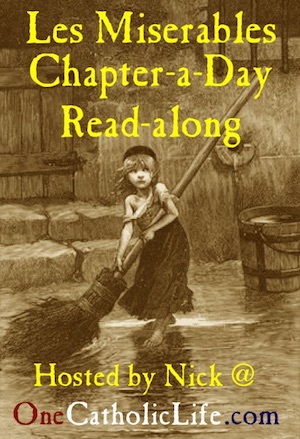



Youtube has alot of good videos on deciphering The Divine Comedy.
I am watching from “Course Hero”.
Makes what I am reading a little more clearer.